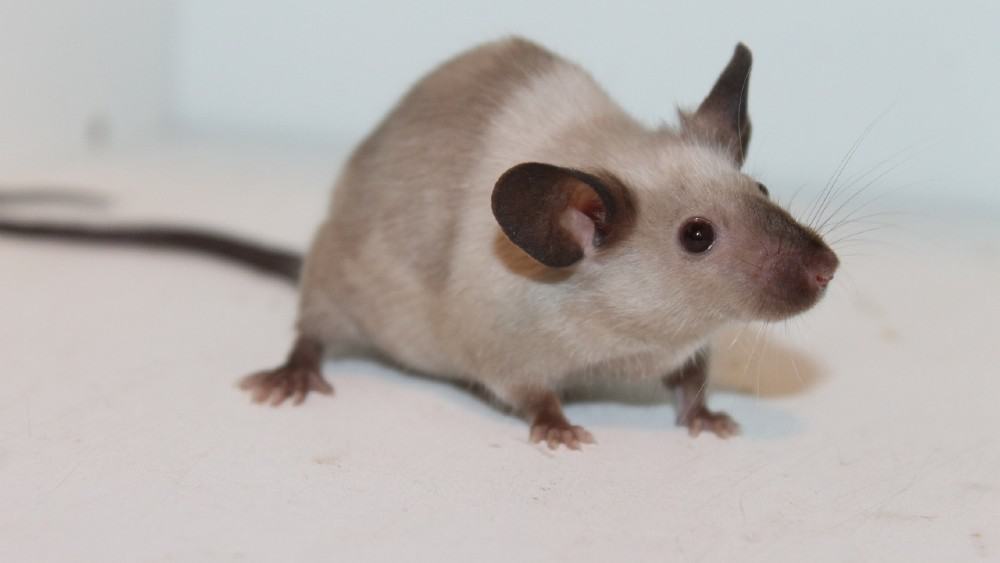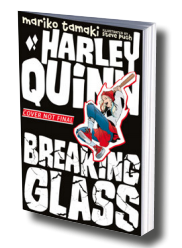Konami Kanata’s Chi’s Sweet Home is a story about as simple as a story can be. When a gray-striped kitten is separated from his mother, he is discovered by a family with a young son, Yohei. The problem is that Yohei’s family lives in an apartment complex that doesn’t allow pets, so they secretly keep the kitty around as they search for a permanent home for her. But after a while, Yohei, mama, and papa eventually grow attached to the kitten, and they even name her Chi. It becomes obvious that they are never going to give away the kitty as she has quickly become a part of their happy household.
It is no secret that I love Chi, and it certainly ranks up there as one of my all time favorite series. I already own most of the comics in Japanese, and the anime earned the #2 position on my Top Anime of 2009 list last year. So I am expecting a lot out of this title when Vertical releases it later this month. In fact, I have never anticipated a comic’s English release more than I have with Chi’s Sweet Home.
And so I am thrilled to report that Vertical’s release is very, very well done.
So first, let’s talk about the magic behind the series itself.
The most obvious thing that one can say about Chi is that it is cute. And by cute, I mean that it is absolutely freaking adorable. The wide-eye kitty and the simplistic look of her human family is optimized to produce the most DPS (D’awws Per Second) possible within the manga medium.
But the secret to Chi‘s success is not just about being cute. The story itself is very well done and told in a very smart way. Chi’s antics are typical of any cat, and any feline owner will easily recognize all the things she does and relate them back to their own real life kitty. But the magic in Kanata’s storytelling is the level of detail she pays to every little action, and her pacing and use of static panel shots ultimately pay off in some pretty hilarious moments.
We see in one panel that Mama has put the kitten in a little tub in order to be washed. As cat owners ourselves, we already know that cats and water do not mix, so something bad is about to go down. But unfortunately , Chi is unaware of this. Instead, we spend an entire page watching the innocent kitty look in wonderment at the showerhead. “Huh? What the-? What’s going on?” she asks ignorantly, eyes widened with the most adorable expression on her face. And then all of the sudden… “GYA!!!” Pure liquid terror strikes, and we know that the cat will never be the same again.
Chi stands out among manga conventions by being released with each page fully colored. Each chapter is done in black-in-white when it is serialized in Morning Magazine, but a layer of gentle watercolors in added for the comic’s graphic novel releases. The coloring make a huge difference in the look and feel of the comic. It is about as warm and welcoming as… well… a kitten.
The gentle colors, simplistic dialogue, and adorable images give off the impression of a children’s picture book. However, this comic is actually made for an adult male market in Japan. But it just goes to show that Chi has an appeal far wider then whatever limited demographic it can be assigned to in Japan, which is exactly the type of scope that Vertical is going for in America.
It should be noted that in order to make the book more marketable to that mainstream American audience, the pages have been “flipped” to read from left-to-right, and all of the sound effects have been replaced by English translation. There is not a single lick of Japanese left within the pages of this adaptation. This will indubitably annoy and outrage a lot of manga fans, but honestly, I think it is the best decision that Vertical could make with this title. If there is ever a manga that could appeal so broadly to a market outside of typical American otaku, it would be Chi.
But even with these alterations to make the comic more accessible to Americans, it should also be noted the amazing amount of effort Vertical put into making their version of Chi as identical to the Japanese release as possible. Vertical actually enlisted Kodansha and their in-house Toyokuni Printing Co. to have the English version of Chi to be printed using the same equipment that the Japanese version is.
The result is an English version that is a near duplicate to the Japanese version in terms of physical appearance. Both books are the same height and width, and both covers feature the exact same layout, only swapping the Japanese with the English.
But there is one aspect of the coloring that any hardcore Chi fan notice, and that is the background color. The Japanese edition adds an off-white egg shell coloring to the background, which gives each page the appearance of a soft and creamy texture. However, Kodansha neglected to add the artificial color to their printing of the English version, so we end up seeing pure white background. This takes away much of the “soft” feel of the Japanese version.
Again, that’s something that only hardcore Chi fans will notice, but it is noticeable. The sharp white background is a bit distracting at first, but I eventually got over it.
The English adaptation itself is both a bit of a blessing and a curse. As the LOLcat internet meme has taught us, cats do not have the best grasp of the human language. Chi had a very particular way of speaking in the Japanese version, and Vertical makes an honest effort of translating this to English. The result is that Chi says words like, “fwightening,” “mulk,” and, “kiwling,” which occasionally become quite difficult to understand. But at the same time, Chi’s language is also a source of absolute charm. I particularly enjoyed a scene in which a frightened Chi screams out, “Oh Nos!”
When it comes down to it, Chi has the potential to be that manga series that stands out among all the others in the US market. Random folks in Borders will see on the book shelf, open it out of curiosity, and instantly fall in love with it after skimming through the pages. Adults will buy it with the excuse that they’re only getting it for their kids, but will secretly be reading it with more enjoyment than any child would. The franchise has the kind of merchandising potential that would make Hello Kitty sweat a little.
* * * * *
The Good: Artist captures all the idiosyncrasies of feline behavior and delivers with perfect comedic timing. Adorable character designs and soft coloring looks warm and welcoming.
The Bad: Chi’s language is a little difficult to understand at times. Manga is flipped from Japanese. “Creamy” page texture missing.
Final Verdict: Cute, hilarious, and oozing with charm, Chi’s Sweet Home is pure delight for cat lovers of all ages and genders. Read it!
Review copy provided by Vertical Publishing.



